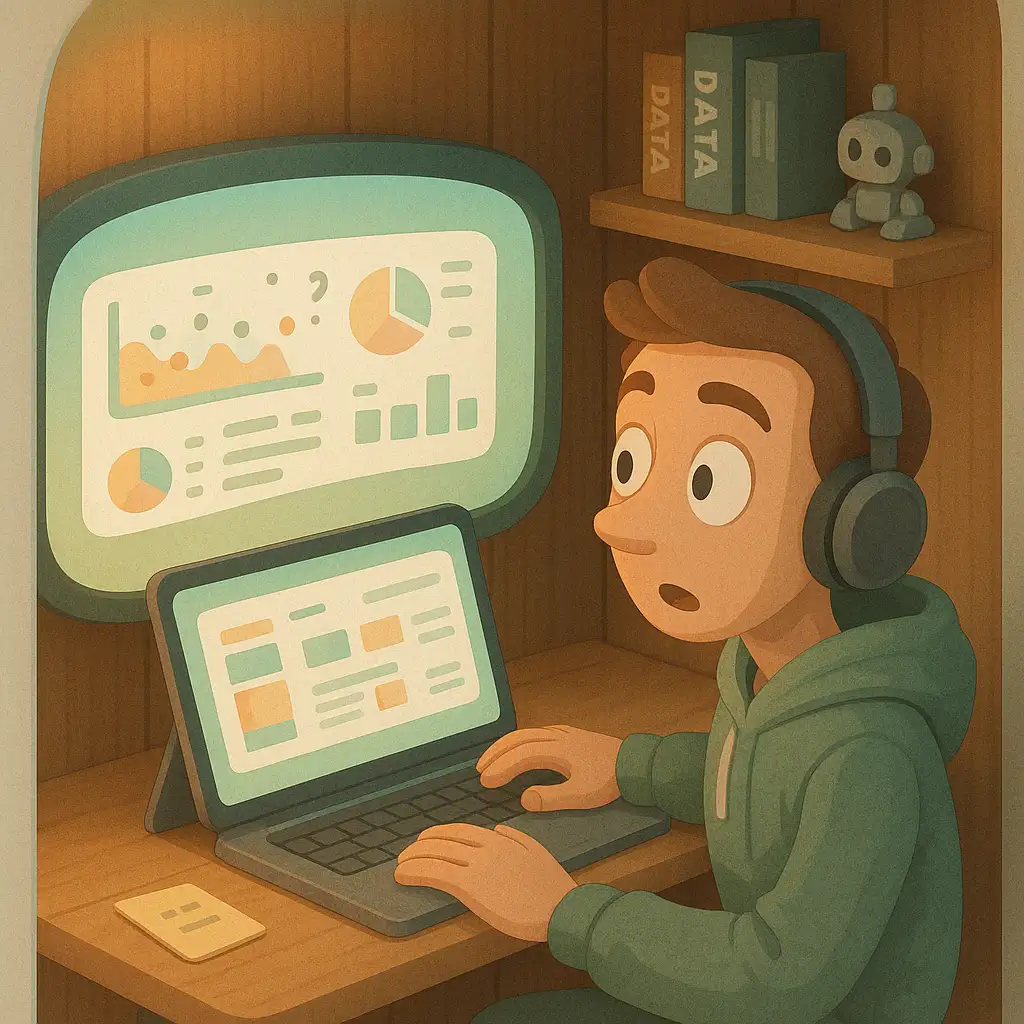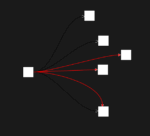Imagine this: your organization has invested significant time and capital into building sleek dashboards, anticipating clarity, action, and ROI. Yet, the data story is muddled, users are disengaged, and the value falls short of expectations. If this scenario feels familiar, you’re not alone. At DEV3LOP, we regularly work with teams whose dashboard strategies have drifted off course. The good news? Revitalizing your dashboard strategy is not just possible—it’s a creative opportunity for transformation.
Diagnosing the Dashboard Dilemma
The first step to recovery is recognizing the real problem. Many organizations confuse business intelligence with analytics, expecting dashboards to act as both diagnostic tools and strategic compasses. Meanwhile, their data pipelines are often brittle or inflexible, and dashboards fail to evolve with changing business priorities.
Most dashboard failures aren’t purely technical. They stem from misaligned objectives, unclear ownership, and a lack of data culture. Dashboards end up as digital wallpaper—visually impressive, but ultimately ignored. That’s where a creative, human-centered approach becomes a game-changer.
Step 1: Clarify the Dashboard’s Purpose
A high-performing dashboard serves a precise purpose. Too often, teams build dashboards simply because they “need one,” without asking the tough questions:
- Who is this really for?
- What decisions should it support?
- What does success look like?
Instead of treating dashboards as static reports, treat them as evolving products that adapt as the business shifts. This mindset shift invites clarity, creativity, and long-term relevance.

Step 2: Bridge the Gap Between Data Pipelines and Data Products
Dashboards are only as good as the data feeding them. Many teams rely on fragile pipelines that result in broken visuals, slow updates, and lost trust. The solution? Evolve from pipelines to data products—reliable, well-documented assets with clear ownership and service-level expectations.
This shift empowers teams to trust the data, run experiments, and iterate faster. Our consulting work in data engineering services helps teams make this leap.
Creative tactics to reinforce this shift:
- Set up automated data quality checks
- Document lineage to build trust
- Assemble cross-functional teams that bridge engineering and analytics
Step 3: Rethink Visualization with Purpose
Visual clutter, redundant charts, and unclear metrics are red flags. Instead, apply design thinking to your dashboards:
- Use layout and color to emphasize what matters
- Cut the noise—only show what drives action
- Add interactivity to invite exploration
Great dashboards blend clarity with curiosity. They’re not about showing everything—they’re about prompting the right actions and conversations.
Step 4: Empower Your Team with Analytics Fluency
Even the best-designed dashboards will fall flat if users don’t know how to use them. Investing in analytics fluency isn’t optional—it’s essential.
- Host regular walkthroughs to guide interpretation
- Build feedback loops to improve dashboards over time
- Highlight and share success stories internally
When users feel confident and involved, dashboards shift from reporting tools to collaborative problem-solving spaces.
Step 5: Partner with Creative Experts
Sometimes the best move is to bring in fresh perspective. At DEV3LOP, we help companies of all sizes reinvent underperforming dashboards, build resilient data systems, and develop a culture of insight-driven decision-making.
Whether you need a quick strategy session or a full rebuild, our Power BI consulting services and hourly support model are designed to fit your needs—without locking you into long retainers.
From Dashboard Fatigue to Data-Driven Energy
A failing dashboard strategy isn’t the end—it’s the start of creative reinvention. By focusing on clarity, data quality, thoughtful design, user empowerment, and expert collaboration, your dashboards can become engines of insight and action.
Dashboards are more than tools—they’re catalysts for smarter decisions. Ready to rebuild? Visit dev3lop.com to learn more or connect with our team to spark your next data breakthrough.

























